|
At Hive17 Consulting, we are supporting organisations to accelerate operational excellence. This means we aim to cultivate creativity and agility within teams. You might ask yourself, what does agility mean and why is it so important?
Do you feel that your business is facing raising uncertainty and complexity? Are you facing with increased competition and customer requirements? In such situations, successful companies act with speed and they focus on delivering maximum customer value with their current assets. As an organisation, you want to quickly address changing customer needs, regulatory frameworks and pick-up new opportunities. And it is not sustainable to rush, increase pressure and centralise control. How does leadership look like in an agile organisation? Basically, we have identified four foundational drivers to cultivate agility as a leader:
Where do you find the biggest barriers to drive agility in your organisation? Image credit: copyright by Lloyd images, Extreme Sailing Series, Carbon 6ix, Best, Land Rover
0 Comments
Introducing new products in an organisation is an exciting task - we can bring new, added value to our customers. In an industrial setting, this task can be daunting with complex value chains and regulatory hurdles. Yet, to win in today's competitive environment, new product introductions need to be fast.
This was the objective for this project in the textile chemicals space. Led by the global marketing director, the project team took up the challenge to nearly half the time-to-market for product launches. In the past, the company experiences inconsistency in the product lifecycle, top-down processes and system introductions were met by resistance. At the same time, the market and many regulatory changes required more agility. A huge alignment and engagement effort across 18 different functions was necessary. As the change management practitioner of this project, I worked closely with the project manager on how we can engage the people. How can we involve as many people as possible? What is the best way to convey the business objectives and aspiration? How can we keep the people motivate over the long implementation period for the SAP module implementation? We decided for a novel approach. Typically, each function will send a few representative and in a large project team they will decide on how the project will be executed. This approach was not satisfactory as large project teams are not effective and still only engage a small percentage of the people involved. The alternative approach we took was creating communities. For each involved function and for each production site we have established one community and nominated a owner for these communities. Each community owner was then responsible to establish a collaboration routine within their communities and work on assignments related to the global project. The global project team was then working only with the community owners; assigning new activities and collecting input, feedback and comments from the community. In this way, the project team indirectly engaged with about 300 people in a structured, regular fashion. As a result, all relevant people were involved, engaged and motivated. We often repeated the business purpose of the project to make sure we are all aligned and cross-functional barriers are easily removed. The frequent dialogues established new routines and cultivated relationships across regions and functions. In the end, because so many people were involved in the blueprint design, data migration, user acceptance testing and training of the SAP module, the final go-live was surprisingly smooth and uneventful - a natural next step forward. As project leaders, we need to be creative and human-centric - this will lead to success. And curious to experiment and try new ways. How can you apply communities in your change programme? A regional business unit had introduced a new strategy that set ambitious targets in various market segments. The leadership team launched many conversations with their teams in order to understand the new strategy. The functional heads (i.e. marketing, sales, R&D) encouraged their teams to discuss and define the path forward - with mixed results. Hive17 Consulting understood that the team members didn't yet feel empowered to act on this freedom; at the same time, the leadership team struggled to provide that autonomy.
Together, we planned a new workshop that build on the previous intervention. The new one-day event aimed at providing a structure that provided a safe environment to be creative and establish alignment between the functional heads and their team members. This workshop was based on the method of Objectives and Key Results (OKRs). First, we split the group of about 45 managers from all functions into different 'virtual' teams. Each of these market segment teams had members from all key functions: marketing, sales, R&D, manufacturing and supply chain. Each team selected one of the functional head as a sponsor of their team. We did not introduce new reporting lines and the sponsors had the responsibility to give guidance and provide the strategic direction. The teams then went through an exercise to define the objectives and key results for their market segment - jointly within the cross-functional team. At certain points in the journey, the sponsors joined their teams and they reviewed what the teams established. These OKRs were then used to provide the teams direction on where to focus their efforts. And they created transparency with the leadership team on the status of their activities. This workshop allowed two things: the cross-functional teams were empowered and given the space to translate the strategy into tangible operational activities by themselves. And the functional leads had the opportunity to provide their feedback without interfering the thought process at an early stage, applying a coaching leadership style. The regional leadership team was surprised with the results. The dialogue between them and the team members was constructive and they felt as part of the team. The autonomy of defining their own objectives created a strong team cohesion and engagement with these objectives. The teams were inspired and had a great motivation to push ahead with the new strategic focus in their daily work. "If we keep doing the same thing, we keep getting the same results. In order to grow, we all need to start doing things differently!" - Regional Technical Director. In my experience when facilitating teams to accelerate their operational excellence, I like to talk about two things. And, they seem to be a contradiction.
"Sustainable change is effortless!" This is similar when you are fixing a screw and at the start it is hard; a simple correct alignment will do the trick and the job is much easier. Many transformation are getting launched with too large climbs and with methods that simply doesn't fit to the style of the people. Too much efforts during a change journey might often be a waste. "If everything seems under control, you're not going fast enough. (Mario Andretti)" This means that a great challenge creates a lot of excitement and motivation. When we are too comfy, then we are not trying hard enough. Pushing our own limits is actually fun. How does these two thoughts match? They are helping us to create a balance. Too much push - especially from outside - will drain our energy and is frustrating. Too little effort will make us slow down and kill the momentum. The balance in between will allow us to run at the edge effortlessly and for an infinite amount of time. This is essential to successful transformations. Where do you find this balance? Neuroscience has been becoming very interesting in explaining how our brain works - and hence how we behave. This article by Paul J. Zak took this practice and explained trust - not only how it works in the brain; also how we can influence this system as a leader.
Why is trust important? Comparing to low-trust companies, people at high-trust companies report:
Zak went through 10 years of experimenting this topic and discovered the following. Our brain is producing a chemical called oxytocin; when more of this substance is present in our brain, we tend to be more trustworthy. This means, the amount of trust we put into the people around us is influenced by the presence of oxytocin. His research went further and he experimented what are the levers that influence the level of oxytocin in our brains. How can we as leaders create an environment for trust - proven by neuroscience. Here are the eight findings.
How are you struggling to become a trustworthy leader? Share your story. Thank you, Daniel Benes, for sharing the article: We are all getting used to our remote working situations and the virtual meetings. We know that we need to connect frequently, use video for a richer conversation, use collaborative tools for discussions and brainstorming. Why does it feel that it is not effective?
From friends I hear different issues. Some get overloaded with topics and discussions, loose track what is the objective of the call. Some are trying to initiate a good conversation and are confronted with silence. Some feel they need to rush through many things because we are inefficient. All these situations cause stress, confusion and additional uncertainty. From my knowledge management experience, I think we can try to achieve less in one call at the time; focus on one topic. As we have frequent calls we will still be able to cover many things. Here some tips for effective virtual meetings:
What did work on your side? Share your experiences... For a while now, I am an advocate for empowering teams to reach their northpole autonomously - a human-centric and sustainable formula for success and growth. Recently, I got introduced to the story of the USS Santa Fe, a submarine that was commanded by David Marquet from a desolate state to the best operated submarine. A story of positive leadership.
Captain Marquet took a totally different approach to his role on the vehicle. Instead of being the centre of operation where all the information is gathered and he is making the decision, he delegated decision-making authority to the different units and ensured the relevant information is flowing between all units. In an interview he mentioned that a first key change was the way he formulated orders. A typical command is direct like "sail the ship to this location at this speed and that depth". He started to express an intend: "I intend to be at this location in order to achieve that". Then the relevant units are required to suggest the right method to achieve this intention. This changed how people got involved and shared their expertise. Other learnings shared by David Marquet:
How can you apply this in your leadership role? Learn more about the story:
|
Subscribe
Receive our monthly themed summaries of our thoughts: click! TimTim is a change practitioner in the area of innovation and excellence. He is working with teams to accelerate innovation, collaboration and agility. Categories
All
Archives
July 2024
|
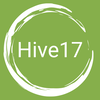

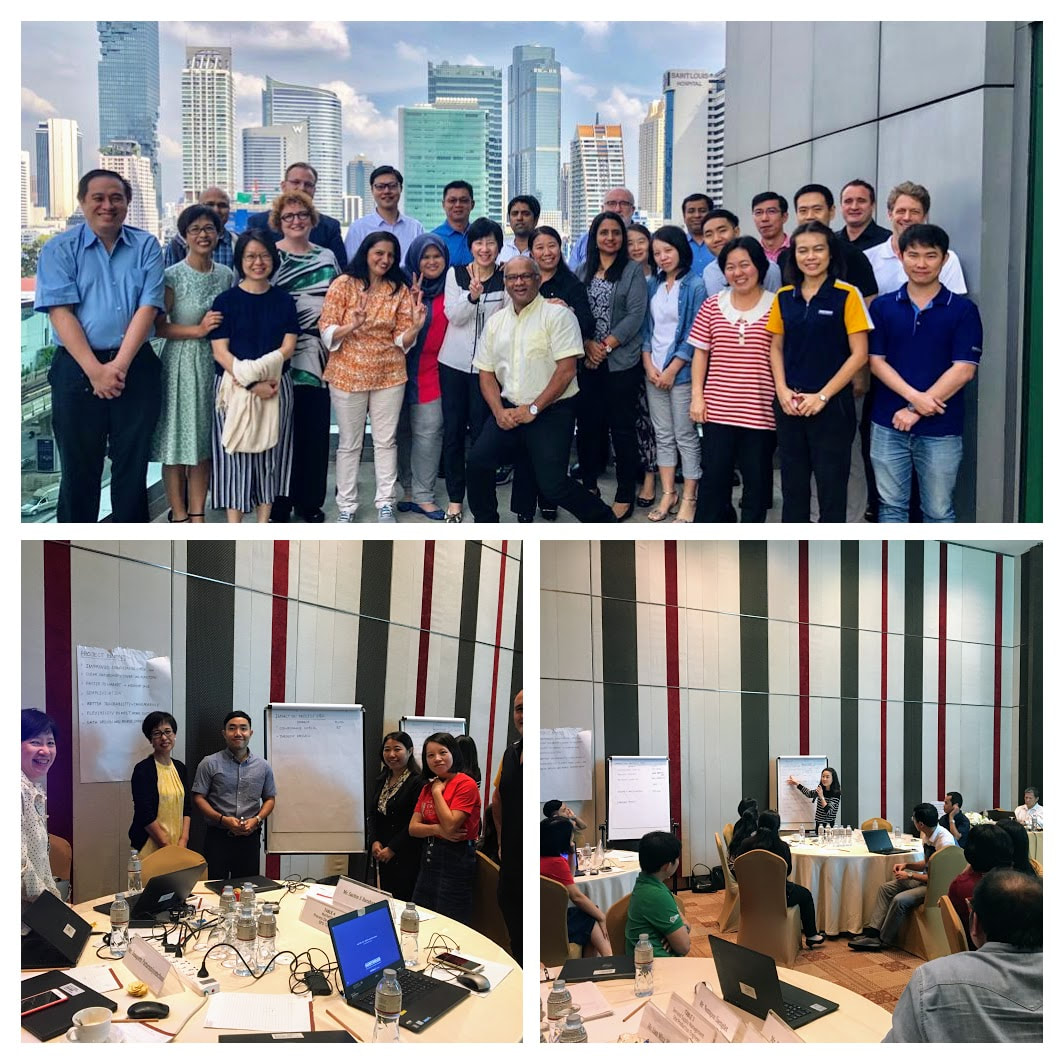
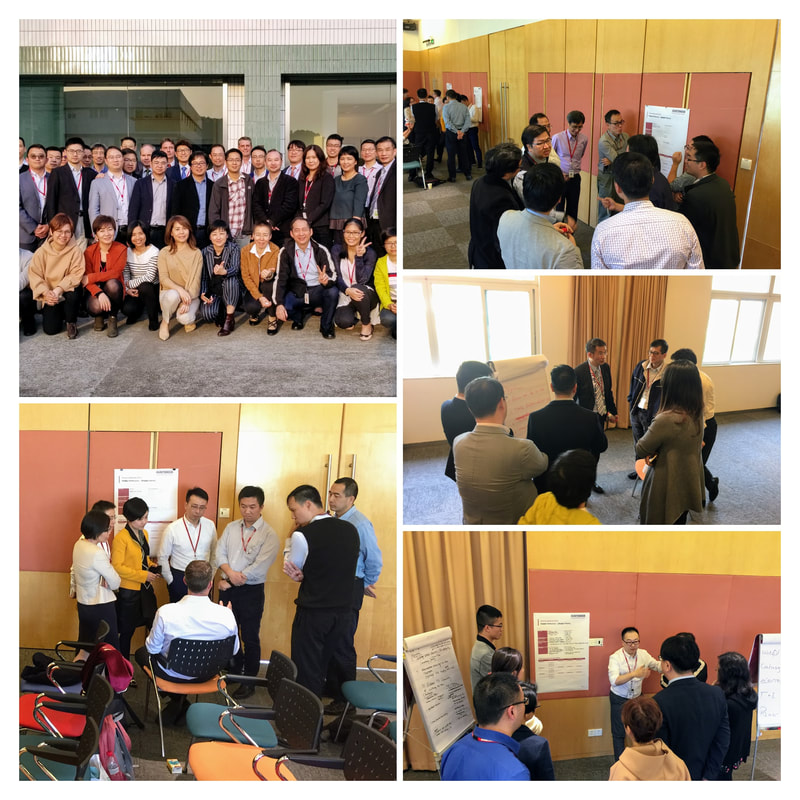

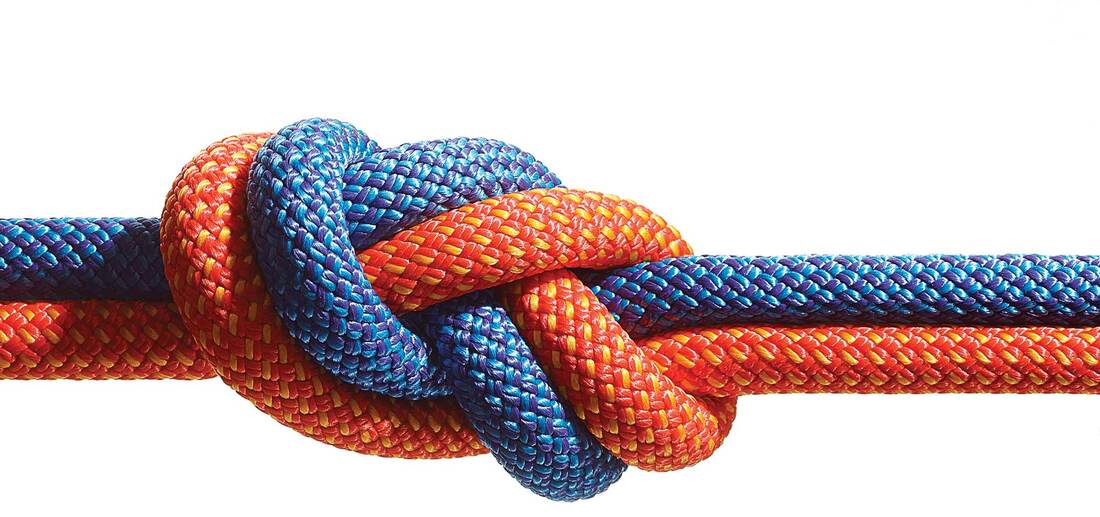
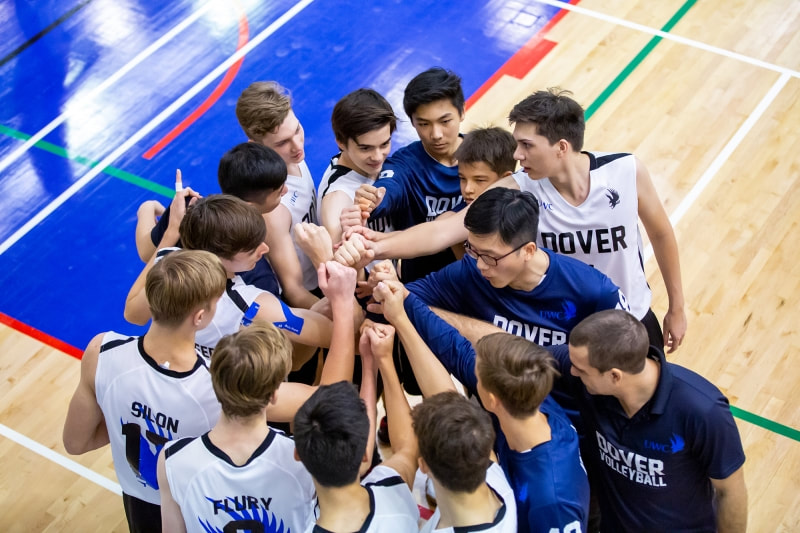

 RSS Feed
RSS Feed